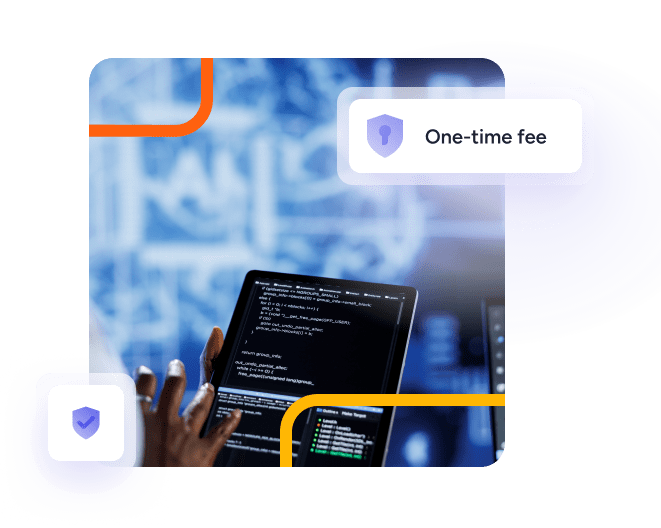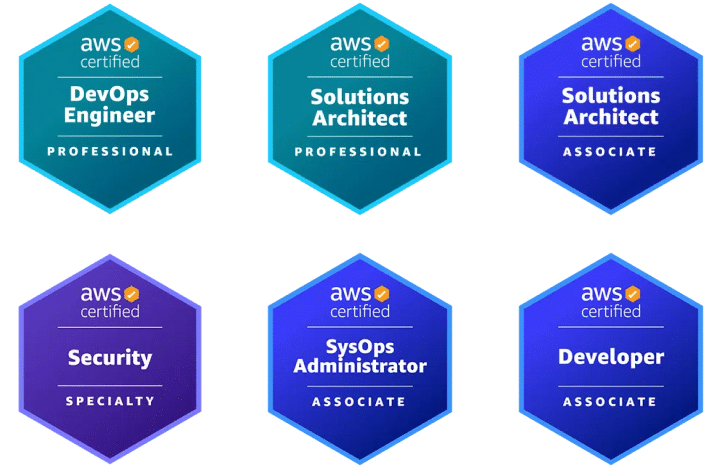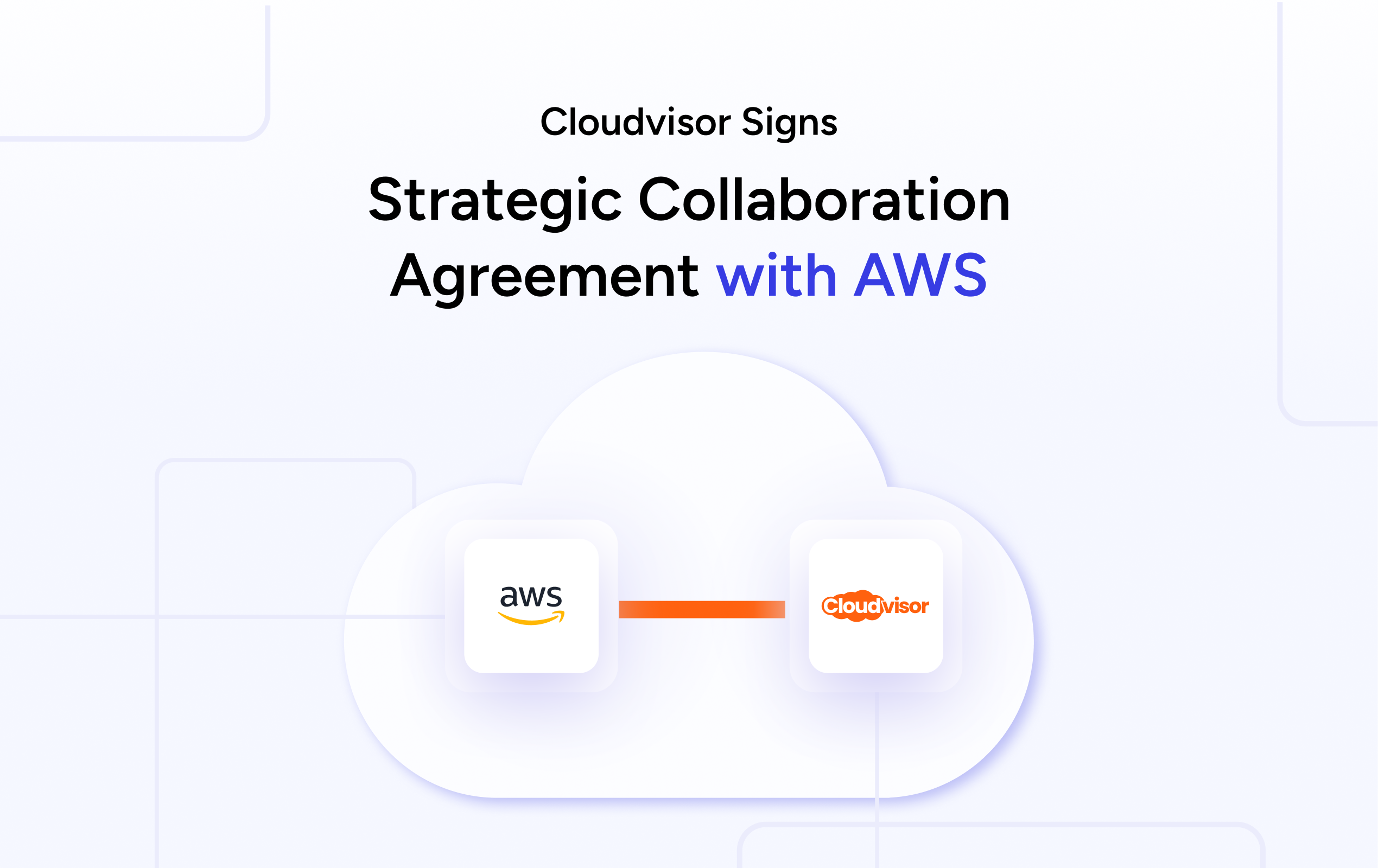AWS Security Services: Secure your AWS infrastructure
Empower your startup’s growth with cutting-edge AWS security services that ensure your cloud infrastructure is protected from threats and vulnerabilities.
- Protect Your AWS infrastructure
- Guidance and implementation

Strengthen Your AWS Security with Certified Experts
Secure your AWS setup with expert configuration in four key areas – all handled by AWS-certified engineers.
What’s Included:
- Account Hardening
- Network Security
- Data Protection
- EKS Security

50+ certifications in specialized areas of AWS
We take pride in our depth of knowledge and have worked hard to acquire a number of certifications in
specialized areas of AWS

One-Time Security Setup
Get expert implementation to secure your AWS environment quickly and confidently. Our fixed-price service delivers lasting protection without surprises.
- One-time configuration and hardening
- Fixed cost of 960 €, no hidden fees
- Delivered by AWS-certified engineers
- Aligned with AWS best practices

AWS Security Tools We Can
Help You Implement

AWS WAF
Protect your web applications from common web exploits

AWS Shield
Managed DDoS protection

AWS Cloud Front
Speed up content delivery with a secure, global CDN
- AWS WAF – Defend apps against bots, exploits, and DDoS attacks
- AWS Shield – Always-on managed DDoS protection with real-time response
- AWS CloudFront – Secure, high-speed content delivery with global reach
Built on AWS Best Practices
Our approach aligns with the AWS Well-Architected Framework to deliver secure, reliable, and scalable infrastructure tailored for startups.
- Operational Excellence
- Security
- Reliability
- Performance Efficiency
- Cost Optimization
- Sustainability

Don't just take our word for it
Here are few of the reviews of the clients we have served
Latest from Cloudvisor
Frequently asked questions
If you still have any questions, feel free to contact us and we will help you as best as we can.
We cover identity, network, data, and monitoring. That means strong IAM with least privilege and MFA, SSO where it helps, clean VPC design, private subnets, and sane security groups. For data, we set KMS keys, encryption in transit, and safe secrets storage. GuardDuty, Security Hub, CloudTrail, and Config keep watch and record changes. We add patching, backup rules, and playbooks for incidents. You get clear owners, weekly checks, and a short list of fixes that move risk down right away.
We start with least privilege and remove standing admin rights. Access goes through SSO and MFA, with short-lived credentials instead of long-lived keys. We group permissions by job function, add permission boundaries for safety, and use access analyzer to catch wide policies. For workloads, roles beat access keys. We log role use and rotate any remaining secrets. The result is a setup that’s safer day to day and still easy for engineers to get work done.
We segment networks by environment and sensitivity, use private subnets, and keep databases off the public internet. VPC endpoints limit traffic to AWS services without crossing the open web. For inbound paths, we place ALB/NLB in front, pair AWS WAF where needed, and keep security groups tight. We add GuardDuty for threat findings, Flow Logs for visibility, and Systems Manager for patching. If you need site-to-site links, we design VPN or Direct Connect with clear limits and monitoring.
Every account gets CloudTrail for API activity and Config to track resource drift. Metrics and logs land in CloudWatch with retention that matches your audit needs. We wire GuardDuty, Security Hub, and IAM Access Analyzer, then send only high-signal alerts to on-call. Low-value noise is muted or grouped. We build simple dashboards and weekly reports so owners can spot new risks, review changes, and confirm that backups, keys, and alarms are where they should be.
We turn on encryption with KMS keys, enforce bucket policies that block public reads, and add object ownership and versioning. Access goes through roles, not static keys. For databases, we use TLS, encrypted storage, and parameter groups that close risky features. Backups run on a schedule with cross-region copies and periodic restore tests. Lifecycle rules move old data to cheaper, encrypted tiers. We also flag PII locations and apply tighter access and logging around those stores.
Yes. We deploy AWS WAF with managed rules and targeted custom rules for your app paths. For DDoS resilience, we use CloudFront and AWS Shield protections. Secrets Manager or Parameter Store holds credentials with rotation. We review headers, TLS settings, and error handling on the edge. For CI/CD, we add checks for hardcoded secrets and block bad images from reaching production. Everything ties back to alerts with clear owners so issues are found and fixed quickly.
We build guardrails that map to common controls: least privilege, encryption, logging, retention, backup, and change tracking. Security Hub standards checks help prove control coverage. We document who can access what, how changes are approved, and where logs live. If you need HIPAA, we confirm BAAs, isolate PHI, and apply tighter monitoring. For GDPR, we add data location notes and delete flows. We don’t issue certifications, but we prepare the ground so audits go smoothly.
We create a runbook for the most likely cases: leaked keys, suspicious logins, malware on a host, or a risky bucket change. GuardDuty and CloudTrail findings feed a triage channel. We use tags and automation to isolate affected resources, rotate keys, and restore from known-good backups. Afterward, we review what happened, add missing alerts, and fix root causes. The goal is fast isolation, clean recovery, and a short list of concrete improvements you can ship right away.
We set up a landing zone with separate accounts for prod, staging, shared services, and security. Service control policies block risky actions at the top. Centralized CloudTrail and GuardDuty make it easier to see trouble across accounts. Identity goes through SSO with MFA and short sessions. Shared tooling (patching, backups, images) lives in one place, while teams work in their own accounts. This lowers blast radius and makes reviews and billing far clearer.






















